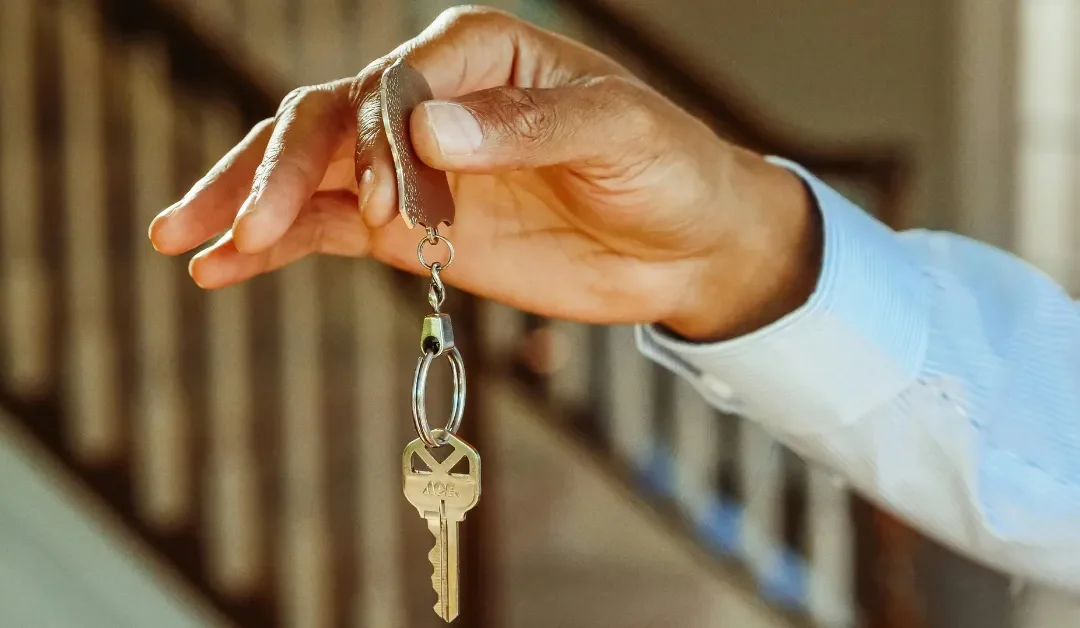Think you need to quit your job to build wealth through real estate? Think again.
While working full-time as a pharmacist, I built a seven-figure rental property portfolio—without a background in finance or a ton of free time. I used a simple, proven strategy to create cash flow, reinvest the profits, and buy one property at a time.
In this guide, I’ll show you exactly how I did it so you can start building passive income for yourself, even with a full-time job.
Let’s get right into it.
Key takeaways
Here’s what you need to know upfront (because I know you’re busy):
- Using the right strategy brings in cash flow fast and reduces risk. Renting by the room in college towns doubled my rental income and helped me scale faster than traditional investors.
- Reinvesting early profits is the secret to rapid growth. Instead of upgrading my lifestyle, I reinvested 100% of my cash flow into new properties, allowing me to grow steadily and reach financial freedom in just four years.
- Building time-saving systems help you self-manage your properties while working full-time. I created systems for everything, from tenant screening to maintenance workflows, so that I could manage my properties while working 40+ hours a week.
Ready to learn how? Here’s what we’ll cover:
Table of contents: Real estate investing while working full time
Why I started investing in real estate
Step 1: Set a clear rental income goal
Step 2: Buy your first rental property
Step 3: Choose the right strategy to build cash flow fast
Step 4: Reinvest profits to scale your portfolio
Step 5: Build systems to save time
Step 6: Manage rentals without quitting your job
Mistakes I made (so you can avoid them)
First, let’s start by understanding why real estate is such a good investment – you might be surprised.
Why I started investing in real estate
Like so many others, I found myself trapped in the “work-until-you’re-65” cycle. Despite working full-time as a pharmacist, putting in long hours doing meaningful work, I was burning out. Even with a stable income, I lacked the one thing I truly wanted: freedom.
I craved financial independence, not just dependence on a paycheck. I wanted passive income—money that worked for me while I’m asleep, so I wouldn’t always have to work for money. That’s when I started exploring real estate investing.
But my motivation wasn’t purely financial, it was also personal.
Growing up, I watched my grandfather invest in real estate. He wasn’t handed easy opportunities because he bought properties in San Francisco at a time when racism made success difficult. He had several home sellers literally slam the door in his face because he was Chinese.
But he persisted and finally convinced an Italian butcher shop owner to sell his property to him and his family.
Over time, those properties appreciated significantly. His rentals provided him with cash flow for decades and rent increased every year, allowing him to retire early. He even helped pay for my brother’s and my college education with the money he earned from his rentals throughout those years.
Seeing the legacy he built through real estate left a lasting impression on me. He wasn’t just investing; he was changing the future for his family.
That example stuck with me.
When I was looking for a way out of the working hard and burning out cycle, I realized real estate offered three key advantages other investments simply couldn’t compete with:
- Cash flow: Monthly rental income that could replace my salary
- Appreciation: Properties that increase in value over time and build wealth
- Control: Unlike stocks or bonds, my decisions had direct impact on my investment’s performance
These three pillars became the foundation of my real estate investing strategy.
I started small, buying one property per year while still working full time.
And just four years later, I had built a seven-figure portfolio. By age 31, I was able to retire from my pharmacy job.
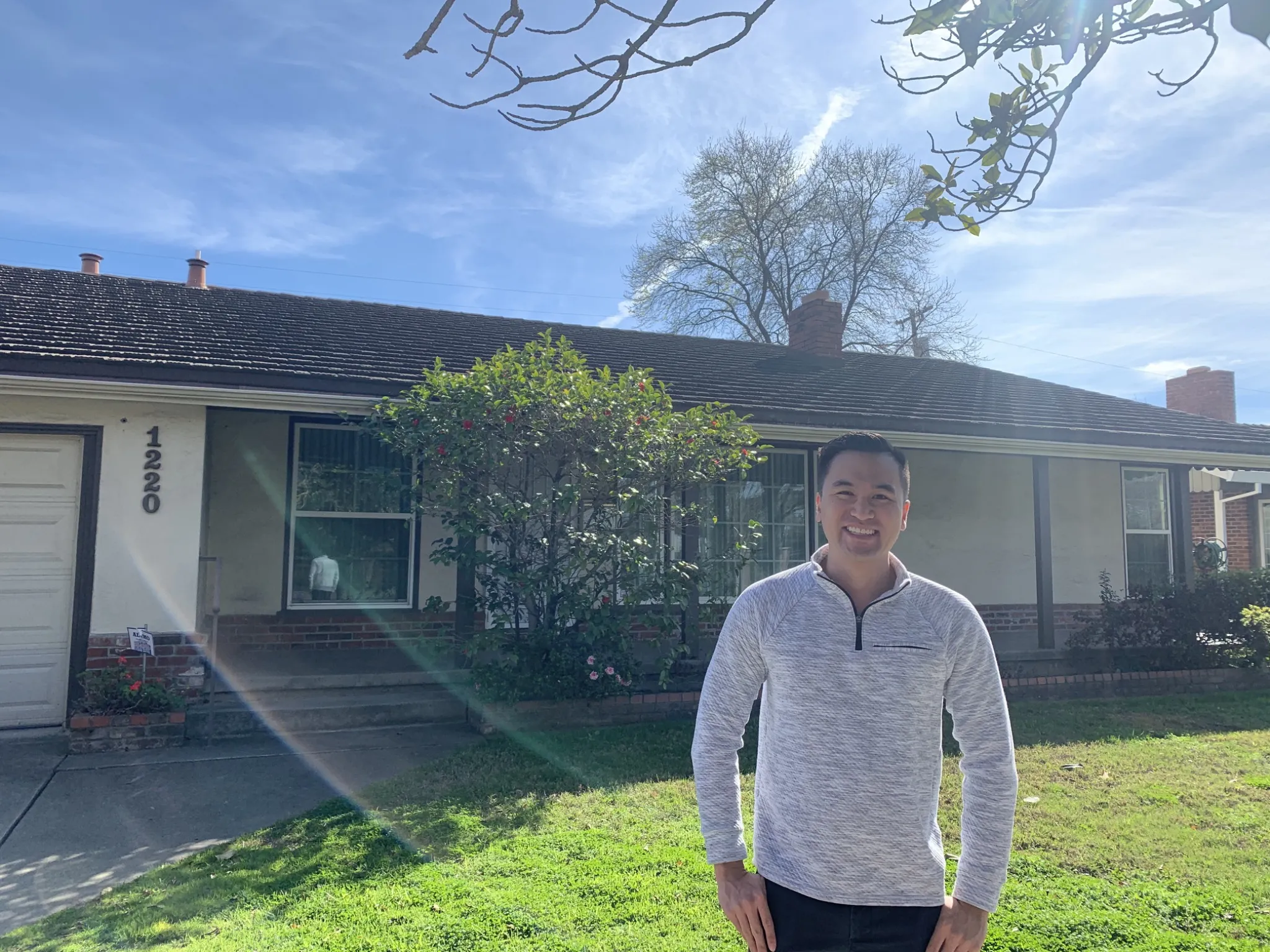
Me in front of one of my properties
Most importantly, I finally had the freedom I craved to make choices based on what I wanted, not just what I needed financially.
Today, I continue investing in real estate and mentor others who want to create the same freedom for themselves. I also have more time than ever to focus on what matters to me: spending time with my family, traveling, and training in martial arts (a passion I engage in 5 to 7 times per week).

So how did I get here? I share how in this quick video:
And for the exact steps, read on!
Step 1: Set a clear rental income goal
Before I bought a single property, I knew one thing: without a specific goal, I’d just be hoping things worked out. To build a profitable rental portfolio and eventually leave my 9-to-5, I had to start with a concrete target.
Here’s how I set my rental income goal and used it to reverse-engineer my entire strategy:
1. I defined a monthly passive income target
As a full-time pharmacist earning six figures, I calculated that I would need $10,000 per month in passive income to replace my salary and maintain my lifestyle. That number basically became my financial freedom number.
2. I reverse-engineered the properties needed
I wasn’t just buying houses blindly. Renting by the bedroom, I could maximize cash flow. I estimated that each property could generate $1,500 to $3,500 per month in net rental income if I bought in the right location.
This meant I’d need roughly 4-5 properties to hit my $10,000/month goal. Suddenly, financial freedom felt actually achievable, and I had a clear pathway to getting there.

Fourth house purchase. Rentometer and Zillow estimated rent was ~$1600-1700 range. Because I converted this 3 bed 2 bath into a 5 bed 2 bath, I made $3150 per month on this house.
3. I set a realistic timeline
I projected that if I bought just one property per year, I could reach my goal in about four years, all while working my full-time job.
And that’s exactly what I did.
The key? I made my goal specific and measurable. Instead of saying, “I want to invest in real estate,” I said: “I want to earn $10,000/month in rental income in four years.”
That clarity gave me the focus and urgency I needed, making every real estate decision easier.
Step 2: Buy your first rental property (even with a full-time job)
One of the biggest myths in real estate investing is that you have to have a big network and millions in the bank. That couldn’t be further from the truth.
I bought my first rental property while working full-time as a pharmacist and used all my own cash. I also started at $0 without any connections.
How I saved aggressively
Real estate is capital-intensive, so I knew I’d need significant savings for a down payment. To reach my goal, I:
- Worked overtime shifts—sometimes 14 to 16 hours a day
- Held two pharmacy jobs (retail and hospital)
- Lived below my means while still enjoying a reasonable lifestyle
- Invested excess cash into mutual funds until I had enough for a down payment
After a year of consistent saving, I had enough for a 20% down payment. And so in 2016, I purchased my first property for $262,000—putting down roughly $52,400 including closing costs.

The first property I ever bought!
That first purchase, a single-family home, became the foundation of my real estate portfolio.
Choosing the right location
I live in California, so my first investments were in my home state. The best place to invest is usually in your local area because you know it so well and you have easy access to it.
I specifically focused on college towns for a very specific reason: they offer predictable rental demand and higher income potential.
Here’s why I chose a property near a university:
- Consistent tenant demand from students every semester
- Higher rental income through a rent-by-the-room model
- Market stability—as long as the university operates, housing demand remains strong
Financing strategy
I used conventional financing with 20% down, which gave me favorable interest rates. It was straightforward, but saving that amount took discipline and a clear plan.
The biggest hurdle: Fear
Honestly, the hardest part wasn’t the money—it was getting over the fear of doing it “wrong.” I had no prior experience, and every step felt overwhelming at first.
The game-changer? I found a real estate agent who was also an investor. He understood the strategy I wanted to use and helped guide me through the entire process, from doing the initial deal analysis to closing.
Having a mentor in your corner who understands the industry is one of the best ways to overcome fear and make smart investing decisions.
Step 3: Choose the right strategy to build cash flow fast
When you’re just starting out, your investing strategy can make or break your success, especially if you want to build cash flow quickly.
For me, the strategy that changed everything was a form of house hacking—specifically, renting by the room to college students.
House hacking: The reason I was able to build cash flow fast
Instead of buying a rental and moving elsewhere, I chose to live in one of the properties I bought. This allowed me to cut my personal expenses while earning income from other tenants simultaneously.
House hacking offers several benefits, including lower down payment requirements. You often need just 3-5% down versus 15-20% for investment properties.
The student housing strategy
My go-to model was student housing: I purchased single-family homes near universities, converted common spaces into extra bedrooms when possible, and rented each room to college students individually.
This single step dramatically increased my monthly income dramatically and helped me scale faster than traditional investors. Here’s what made it so powerful:
- Doubled or tripled my income: Renting by the room instead of by the house meant that by the 5th or 6th bedroom, I was earning 2x-3x the rent
- Faster path to financial freedom: Higher cash flow meant more savings, which meant quicker property acquisitions
This strategy helped me reach financial independence in just a few years—even while working a full-time job.
Why college students make great tenants
At first, you might assume student renters are risky, but here’s the surprising truth:
- Parents pay the rent: I rarely dealt with missed payments because no parent wants their child evicted during school
- Parents act as guarantors: This gave me payment security and peace of mind
- Cleanliness matters: Parents often ensure their kids are living in decent conditions, and students are usually out of the house during their school breaks
- Grad students equal responsible tenants: I prioritized renting to graduate or serious students focused on their studies
- It’s cheaper for them: I charge $600-700 per month per room versus the $1,200+ per month the on-campus housing charges — making my units an easy sell
Learning property management firsthand
Living in the same property also gave me a front-row seat to effective rental management. I didn’t just outsource, I learned by doing.
Here’s what I gained:
- Tenant screening skills: Identifying reliable, respectful renters who pay on time
- Maintenance know-how: Handling home repairs and understanding how to prevent larger, more expensive repairs
- Clear communication: Resolving issues quickly and professionally
- Systems building: Creating repeatable processes for rent collection, marketing, cleaning, and move-ins/move-outs
This hands-on experience laid the foundation for managing a larger portfolio later on—and helped me avoid costly mistakes early.
I share my entire house hacking system here:
Step 4: Reinvest profits to scale your portfolio
One of the biggest mistakes I see new investors make is spending their rental profits too soon.
They upgrade their lifestyle the moment they start seeing cash flow—new cars, luxury trips, expensive dinners. But doing that slows down your momentum.
Instead, I took a different approach:
I reinvested every dollar from my rental income to grow my real estate portfolio faster. It was only after several years of this that I felt comfortable treating myself using the cash flow from my rentals to go on trips and eat out more often.
My reinvestment strategy (years 1-4)
Here’s exactly how I scaled from one property to a 7-figure portfolio:
- Reinvested 100% of cash flow back into new deals
- Combined rental profits with W-2 income to fund larger down payments
- Purchased one property per year, focusing on consistent, manageable growth
This disciplined strategy allowed me to scale steadily without over-leveraging and without sacrificing financial stability by growing too fast.
Avoiding lifestyle inflation
While my friends were splurging on larger houses or exotic vacations, I stayed focused. I kept my expenses modest, knowing that the long game would pay off.
Here’s why that discipline mattered:
- Compound growth kicks in when you reinvest instead of spend your profits
- Each new property builds momentum—giving you more cash flow, equity, and leverage
- Time in the market beats timing the market—consistency beats perfect timing because even the very best investors don’t have perfect timing
The earlier you reinvest, the faster your portfolio grows. By staying the course, I reached financial freedom years ahead of schedule.
Using leverage wisely
Another key to scaling fast? Using leverage wisely.
Real estate is one of the only asset classes where you can:
- Use borrowed money (from banks) to grow your wealth
- Build equity through your tenants paying down your mortgage
- Benefit from appreciation and rising rents
- Let inflation work in your favor—your mortgage stays fixed while your rents and home value increase over time
This combination of leverage and discipline can result in exponential growth.
Step 5: Build systems to save time
As my portfolio grew, I quickly realized that success depended on building efficient systems.
One of the first systems I developed was for tenant selection—I call it the PRIME Method.
The PRIME method
Here’s what it stands for:
P – Placement of advertisements List your rental where your ideal tenants are already looking. I use platforms like Facebook groups, Roomies.com, Uloop, Zillow, and Apartments.com to find student renters.
R – Review social media I check social media profiles to spot red flags like excessive partying, smoking, drug use, or inappropriate behavior—things that could indicate future problems.
I – Identify tenant type I look for signs of personality issues (entitlement, short temper) during communication. If someone seems difficult to deal with before they even move in, they’re likely not a good fit.
M – Measure responsiveness Good tenants are responsive, polite, and professional. I pay attention to how quickly they reply, whether they follow instructions, and how they communicate.
E – Ensure proof of income Since I often rent to students, I require financial verification from their parents—such as bank statements, FICO scores, or student loan/financial aid documents—to ensure rent will be paid on time.
This method has helped me avoid costly tenant mistakes and keep occupancy high with minimal drama.
For more, take a look at this quick video:
Essential systems and templates for real estate success
As I scaled my portfolio, I created standardized processes to save time and reduce stress. Here are a few I rely on:
Standardized processes:
- Lease agreements with clear terms and house rules
- Tenant screening checklists based on the PRIME method
- Move-in/move-out inspection forms to avoid disputes
- Maintenance request systems with documented workflows
Communication templates:
- Pre-written email responses for common tenant questions
- Rent reminder notices and late payment follow-ups
- Templates for scheduling maintenance or sending updates
These tools mean I’m not reinventing the wheel with every property—and they ensure consistency across my rentals.
Building your real estate team
Even with great systems, you can’t do it all alone. Here’s who you need in your corner:
- A real estate agent who specializes in investment properties
- Trustworthy contractors for repairs and renovations
- Good property management software to organize leases, rent collection, and maintenance
- An accountant who understands real estate tax strategies to help you keep more of your profits
Step 6: Manage rentals without quitting your job
One of the most common myths in real estate investing is that you need to quit your job to make it work. That’s simply not true.
I built a highly profitable rental portfolio while working full-time as a pharmacist—and you can too.
Even better? I’ve managed all my properties myself without it turning into a second full-time job.
By using smart systems, automation, and a few time-saving strategies, I’ve kept more of my profits and maintained full control of my business.
How I manage my rentals efficiently (without a property manager)
Tenant empowerment
I use a concept I call “tenant empowerment.” Instead of relying on a property manager, I equip my tenants to solve common problems on their own.
- For example, if the internet goes down, they’re provided with step-by-step troubleshooting or the provider’s contact info.
- This saves them time and helps me avoid micromanaging.
It’s a win-win: Tenants get faster resolutions, and I stay out of the day-to-day without sacrificing service.
Technology & automation tools
Tech tools make self-management surprisingly simple. Here are a few that helped me stay on top of everything—even with a demanding full-time job:
- Online rent collection via Zelle or rental platforms (e.g., Apartments.com, RentRedi, Buildium)
- Automated tenant screening using online applications and background check tools
- Digital maintenance request apps such as Zendesk for streamlined issue tracking
- Cloud-based storage (like Google Drive or Dropbox) for leases, receipts, and records
How I made time while working 40+ hours
Managing real estate on top of a full-time job requires strong time management. Here’s how I made it work:
- Batching tasks: I grouped property tasks (e.g., lease renewals, maintenance scheduling) into one evening per week
- Evening & weekend work: Most showings, calls, or updates happened outside work hours
- Communication templates: I used pre-written responses to save time on common questions and reminders
These time-saving habits kept my business running smoothly without burning me out.
When to delegate
Eventually, as my portfolio grew, I hit a point where outsourcing made sense. Today, I work with a team of virtual assistants (VAs) and trusted contractors who handle:
- Tenant communication
- Maintenance coordination
- Bookkeeping and admin tasks
You’ll know it’s time to delegate when you:
- Are spending 10+ hours/week managing your rentals
- Feel overwhelmed, distracted, or like your portfolio is holding back your growth
- Don’t have time to handle everything effectively
Mistakes I made (so you can avoid them)
Every successful real estate investor has a few “war stories.” These are the painful (and often expensive) lessons that shape how we invest moving forward.
By sharing my biggest mistakes, I hope you can skip the setbacks and save yourself thousands of dollars and months of frustration.
The $30,000 inspection lesson
On my very first property, I skipped proper due diligence. I was eager to close the deal—and that excitement clouded my judgment.
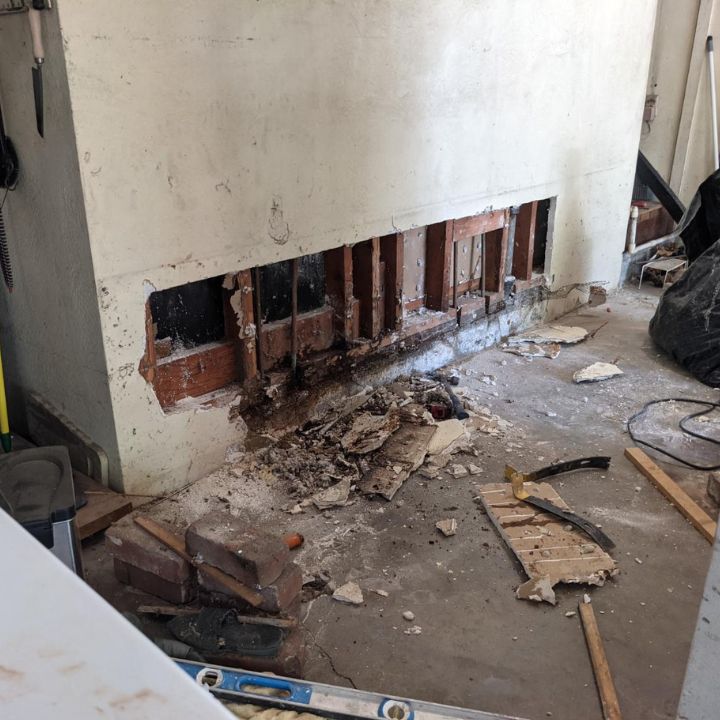
Here’s what happened: After the purchase, I discovered a major plumbing issue that had caused severe water damage.
I ended up paying:
- $2,000 for a sanitation crew to clean and pump out standing water
- $9,000 to replace the entire sewage line
- $15,000 for a mini-split HVAC system (the existing one was outdated and ineffective)
- $1,400 for pest control issues
- $2,600 to replace a rotten deck
Total loss: $30,000.
All of it could’ve been avoided with a proper inspection.
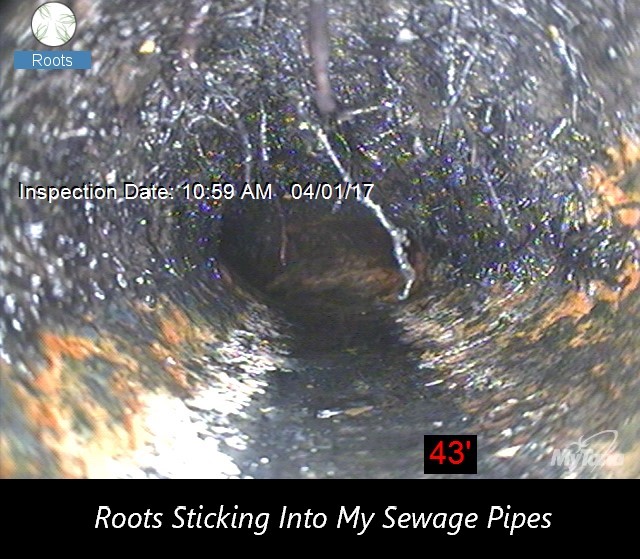
What I learned:
- Always schedule a sewage line inspection, especially for older homes
- Budget for unexpected repairs in every deal analysis
- Never let emotions override due diligence—slow down and inspect everything before you buy
Today, if an inspection reveals sewer line issues, I negotiate the purchase price down or walk away.
Hiring the wrong contractors
Early on, I made the mistake of choosing contractors based on the lowest bid, not on their qualifications or track record. That decision cost me time, money, and peace of mind.
Red flags I now avoid:
- Asking for large upfront payments
- No license or insurance
- Refusing to provide references or examples of past work
- Offering bids that are suspiciously low compared to others
Now, I prioritize reliability, communication, and reputation over cost alone—and it’s made a huge difference.
Not systematizing early enough
When I started, I tried to manage everything manually (leasing, maintenance, screening…) without any formal systems in place. As my portfolio grew, this became unsustainable.
The result? I wasted hours on repetitive tasks and let avoidable problems escalate.
I eventually created templates, checklists, and automated processes for everything, from tenant screening to maintenance coordination. I only wish I had started sooner.
The faster you build systems, the smoother your business will run—and the easier it becomes to scale.
Mistakes are part of the journey. But the smartest investors learn from them, build safeguards, and keep moving forward.
My top tips for beginners
After building a seven-figure real estate portfolio and helping others do the same, these are the most important lessons I’ve learned for getting started the right way.
If you’re new to real estate investing, start here:
1. Start with one rental
Your first priority is to buy your first rental property, learn the fundamentals, and gain hands-on experience.
One of the best strategies for beginners is to start by renting out by the room. This model offers higher cash flow with lower risk and helps you build confidence as a landlord.
2. Focus on cash flow, not appreciation
Cash flow pays the bills.
I only invest in properties that generate positive cash flow from day one. That way, I’m not dependent on market timing or hoping the property’s value will rise. This mindset is especially important during economic uncertainty.
3. Use the right strategy for your market
What works in one city might not work in another.
For example, student housing performs exceptionally well in college towns. But in other areas, short-term rentals, Section 8, or long-term single-family units might be a better fit.
Do your research:
- Study your local market
- Look at rental demand, pricing, and tenant demographics
- Choose a strategy that aligns with your market
4. Maximize your time investment
The most successful investors I know treat real estate as a business, not a hobby. That starts with building the right mindset and educating yourself.
Here’s what I recommend:
- Read real estate investing books
- Listen to podcasts
- Take online courses
- Join local real estate investing meetups or Facebook groups
- Watch YouTube videos
- Invest in coaching if you can
Mindset and education are your most valuable early assets.
5. Learn from others’ success
You don’t need to figure it all out yourself. The best way to get ahead fast and avoid costly mistakes is to work with a coach and advisor who has a successful track record.
To find those mentors, ask questions. Watch how they analyze deals and manage properties.
As a reference, here’s my own coaching program. I’ve helped plenty of people get started and grow their portfolios fast.
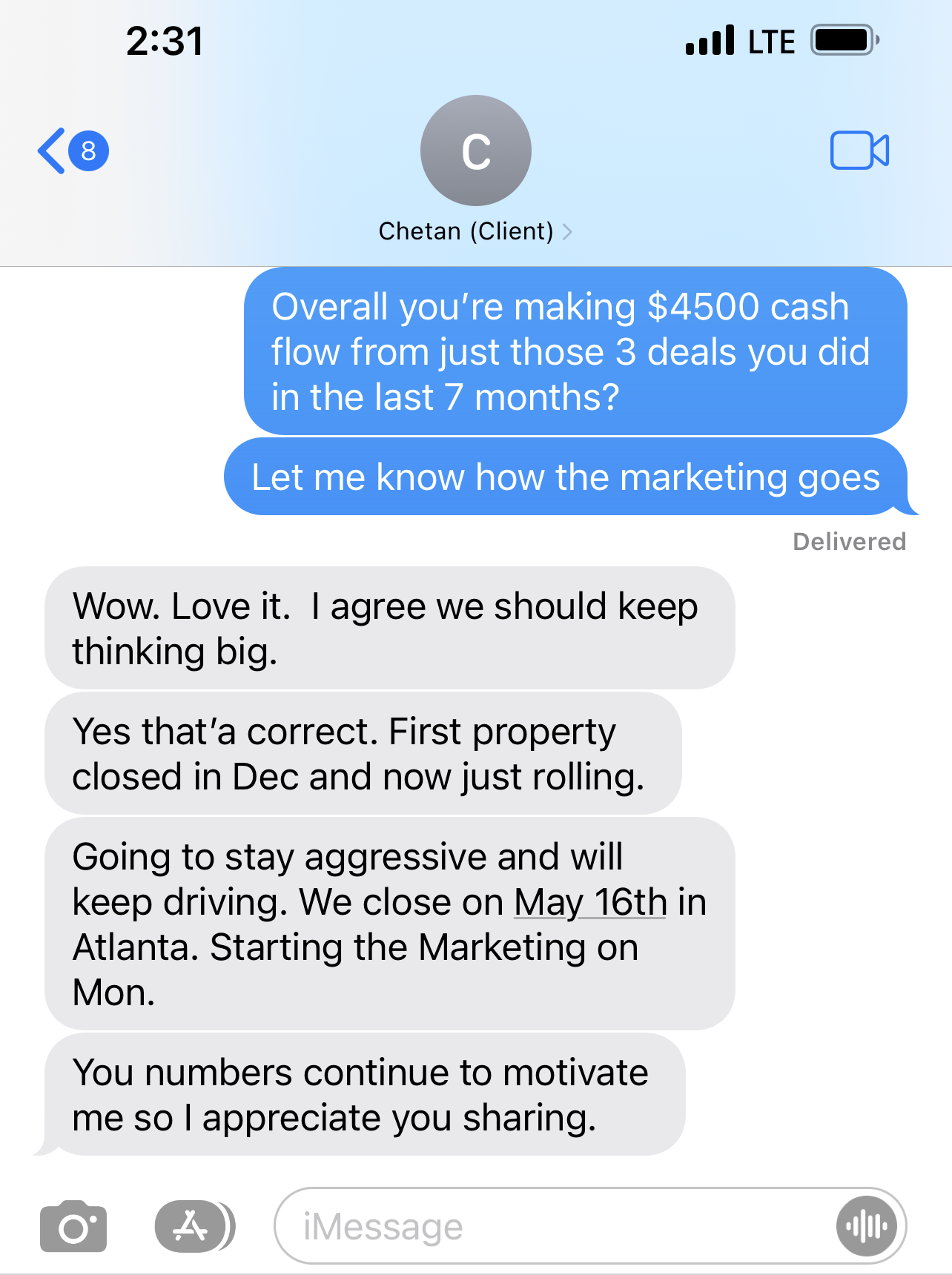
Take Sydney, for example. She was able to quit her day job thanks to her investments:
Or Wahyudinata, whose San Jose property brings in $5,500 in cash flow every month.
You can read more reviews here.
And before anything else, save for your first down payment—that’s your entry ticket to the game.
FAQs: Real estate while working full time
Can you build a rental property portfolio while working full time?
Yes—and it’s one of the smartest ways to start. Your W-2 income helps you qualify for loans and fund down payments. The key is using systems and strategies that fit your schedule, so you can grow your portfolio without quitting your job.
How long does it take to build a 7-figure portfolio?
With the right strategy, most investors can reach 7 figures in 7–8 years. I started at age 24 and hit that milestone by 28 by reinvesting cash flow, leveraging equity, and buying one property per year.
How much money do you need to start investing in real estate?
For traditional rental properties, expect to put down 15–20%. Most beginners start with $40,000–$80,000 saved. Want to get started with less? House hacking lets you buy with as little as 3.5% down by living in the property for at least one year.
Can you do real estate while working full-time?
Absolutely. I built my portfolio while working full-time as a pharmacist. With smart systems, house hacking, and solid time management, you can create passive income and long-term wealth without giving up your career.
Want to build your own rental portfolio today?
And there you have it! That’s how to do real estate investing while working full time.
Thanks to the decision I made to invest in my first property, I now have the freedom to do things I love, like…

Travel with my family
And…
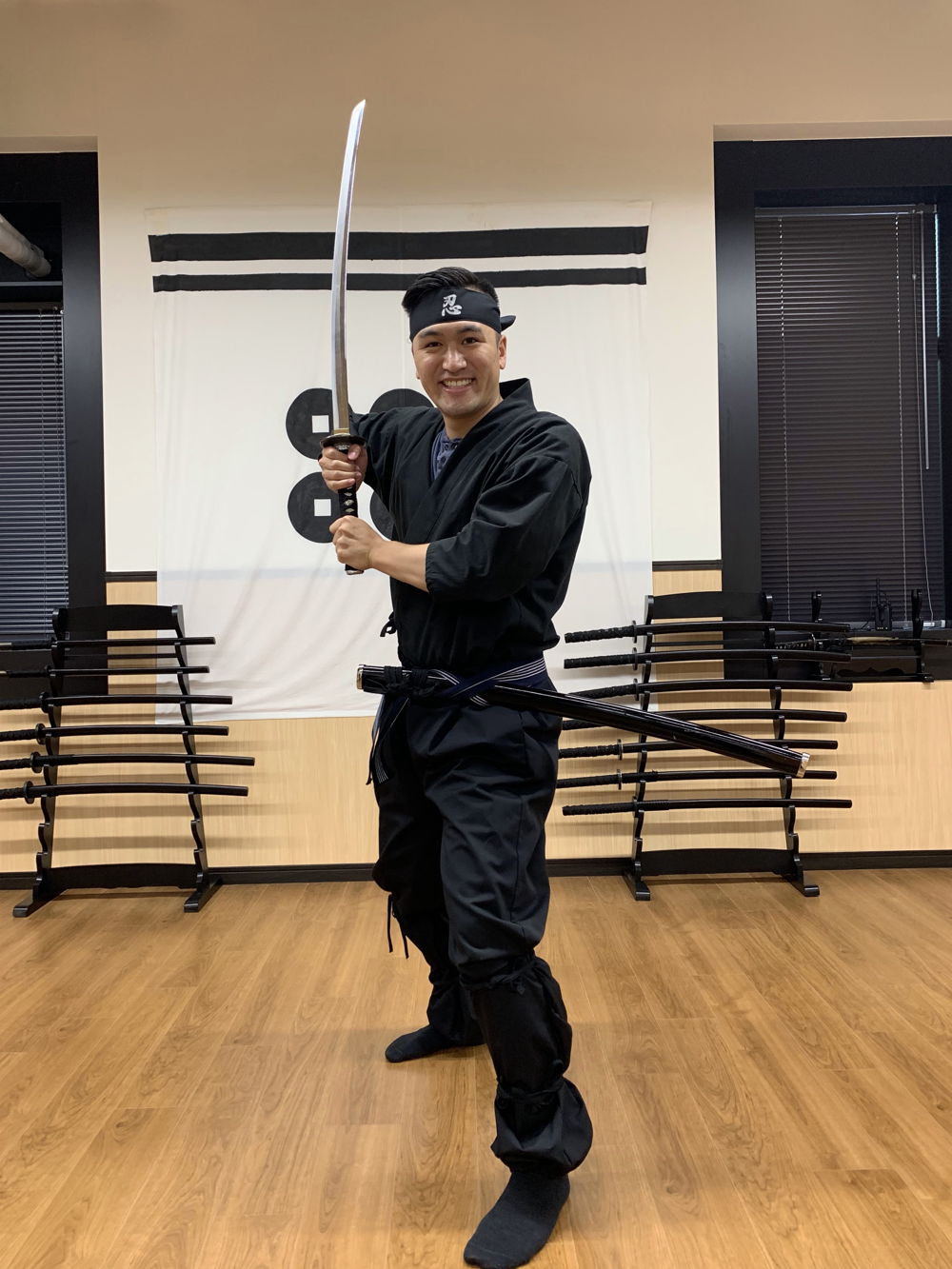
Spend more time on hobbies like martial arts!
Want the same for yourself?
The strategies I’ve shared in this guide aren’t just theory—they’ve helped me and countless others build seven-figure rental portfolios without quitting our day jobs.
You don’t need to be rich, experienced, or “wait for the right time.”
You just need the right strategy—and someone who’s been there to guide you.
And if you’re ready to take the first step, I’d love to help you.
I offer coaching designed specifically for busy professionals who want to start investing the smart way—with proven systems, real support, and zero fluff.
Let’s build your first deal together and set the foundation for financial freedom.
👉 Click here to learn more about my coaching and book your free strategy call.
Read more:

